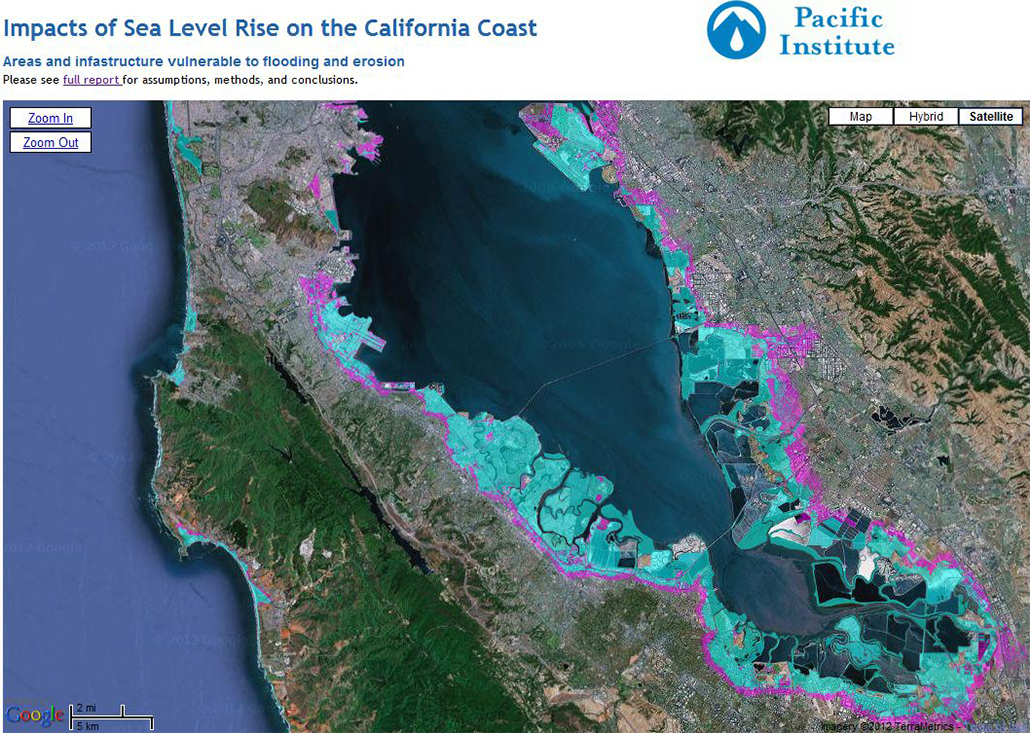Cap and Trade and Structural Transition in the California Economy
Place: California • Date: 2007 • Partner: Energy Foundation
Project Summary
California has the innovation capacity to achieve its Climate Action objectives without compromising economic growth, as a variety of official, officially sponsored, and independent studies have demonstrated. While the state‘s aggregate income and employment can actually be stimulated by the right package of policies, including a cap and trade system to reduce CO2 emissions, the structural adjustments that ensue will be complex and far reaching. While no substantive mitigation policy can be without some direct and indirect costs, the benefits from greater energy efficiency and improved environmental conditions can significantly outweigh these. Thus responsible climate action assessment requires consideration of both the magnitudes and composition of adjustment costs and benefits. The primary objective of this report is to strengthen the basis of evidence in this area. To effectively limit costs and facilitate the innovation needed to sustain and propagate the benefits of a more carbon-efficient future, policy makers need better visibility regarding adjustment processes.
This study reviews an extensive body of evidence at the industry level, examining publically available information on the technology and cost structures of so-called first and second-tier emitters in California. These sectors are most likely to be included in a cap and trade system because they make large aggregate or relative contributions to CO2 emissions and can therefore make important contributions to reducing climate change risk. Our general finding is that all these sectors can make the needed contributions, particularly under a well-designed cap and trade system that uses a market mechanism to more efficiently allocate the burden of adjustment.
More detailed characteristics of the adjustment process remain uncertain, but some impacts could be substantial at the industry and particularly the plant level. The actual magnitudes will depend critically on the incentive properties of the policy design. For example, the degree to which firms pass on adjustment costs to consumers will depend upon competitive conditions in each industry and the extent to which policies promote investment in efficiency. If the state is to maintain its leadership as a dynamic and innovation oriented economy, it is essential that Climate Action policyinclude explicit incentives for firms to follow competitive innovation discipline, investing in discovery and adoption of new technologies that offer win-win solutions to the challenge posed by climate change for their industries and for consumers. In this way, California can sustain its enormous economic potential and establish global leadership in the world‘s most promising new technology sector, energy efficiency, as it has done so successfully in ICT and biotechnology.
Most Recent Entries

Low Carbon Biomass Conversion in the Sierra Nevada







